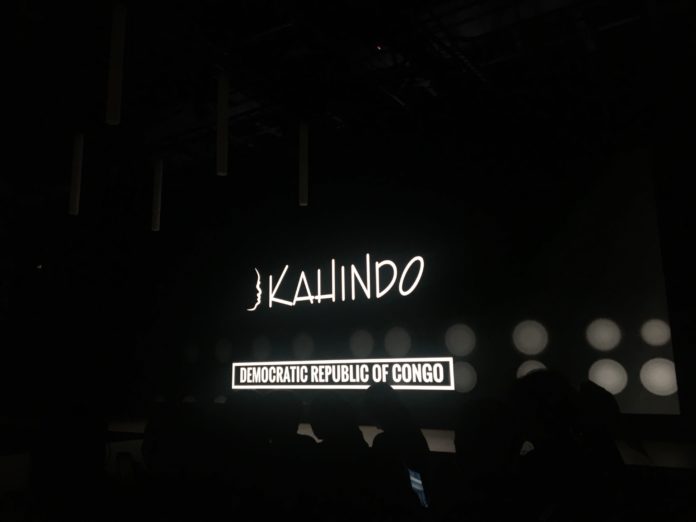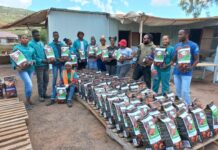Bright reds, purples, yellows, and greens characterise designer Kahindo Mateene’s collection launched at the African International Fashion (AFI). AFI is a platform that aims to “propel and restore refined African fashion brands on the global stage.” At this year’s AFI in Johannesburg, Mateene launched her collection. The day before her show, The Daily Vox spoke to her about her design journey and her thoughts on fashion in Africa.
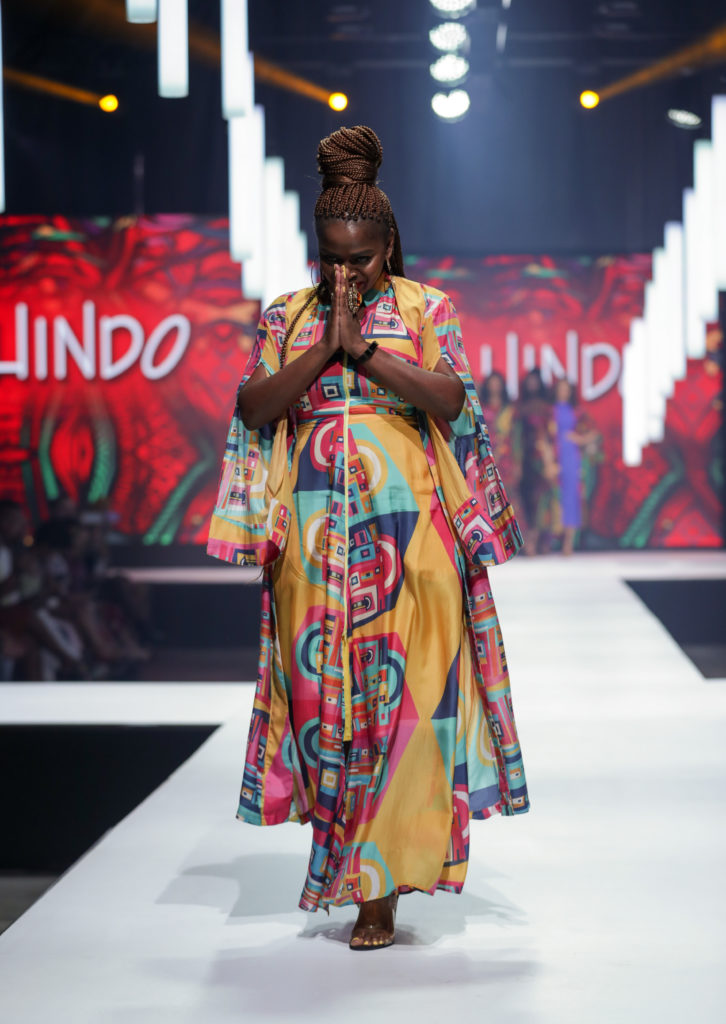
How did you get interested in fashion designing?
I love fashion and I remember playing with paper dolls. Coming from Congo we are very fashionable people. So I think it’s always been in my DNA. In terms of career wise, I went down this path maybe a little bit later in life. I didn’t realise that the industry of fashion design was a career choice. I then lived in the States at that time. When I’d come back home to Congo, I’d get pieces made. Then my friends started like placing orders. So I think they’re the ones who really pushed me to start my own fashion brand.
How would you say fashion works as a way of bridging divides and bringing people together? I[n the context of the xenophobic attacks in South Africa]
It is extremely important to show that we are one and we are one Africa and, you know, all African. It’s such a shame when I heard about all the attacks happening. Being Congolese, some of the victims of the attacks were Congolese. It was really heartbreaking, but knowing that
Africa and South Africa, it’s really pushing to unite. Fashion is really a great way to do that. Especially in the platform where they’re really pushing to have different African countries.
Biggest differences and similarities between the Western and the African fashion industry?
I think the similarities are that regardless of whether you’re here or in New York, women who love fashion, they love fashion because fashion. They appreciate pieces that make them look good and make them feel good.
In terms of differences, I think the American market had much more of the fast fashion. Here on the continent it’s not as much fashion but more special pieces.
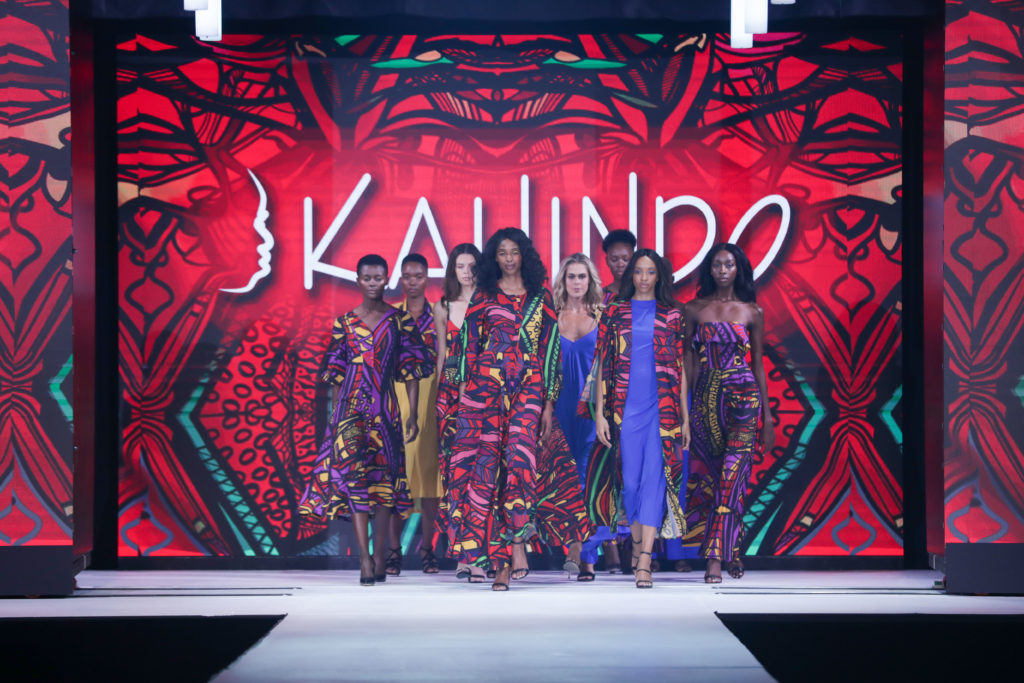
Inspiration for the range you’re launching?
For the new collection that I’m showing on Saturday, I collaborated with a Nigerian artist. I think an African theme has just been with me throughout. That’s why I wanted to collaborate with a Nigerian artist. I took one of his prints and I made it into a fabric. And I just kind of wanted to go,
very modern pieces that can transition from day to night. But it’s very striking because it’s very bold because there’s red and purple light. I think I was nostalgic or missing Africa so it has a very strong African theme, but it’s still very modern.
What does ethical fashion mean to you?
Ethical fashion means different to different people. For me it’s just about using ethical practices. So making sure your garment wherever they are produced are produced in a safe environment, That the people the women were making the clothes are being paid a fair wage. They need to have access to proper healthcare. That’s really important to me, as well as being able to really create like sustainable jobs.
I feel empowered to make that a priority in my life to make sure the customer knows where the product is made. This could be a sewing co-op in Congo, or even in China and just making sure that there are made properly. They’re not being made by children or slave labor or anything like that.
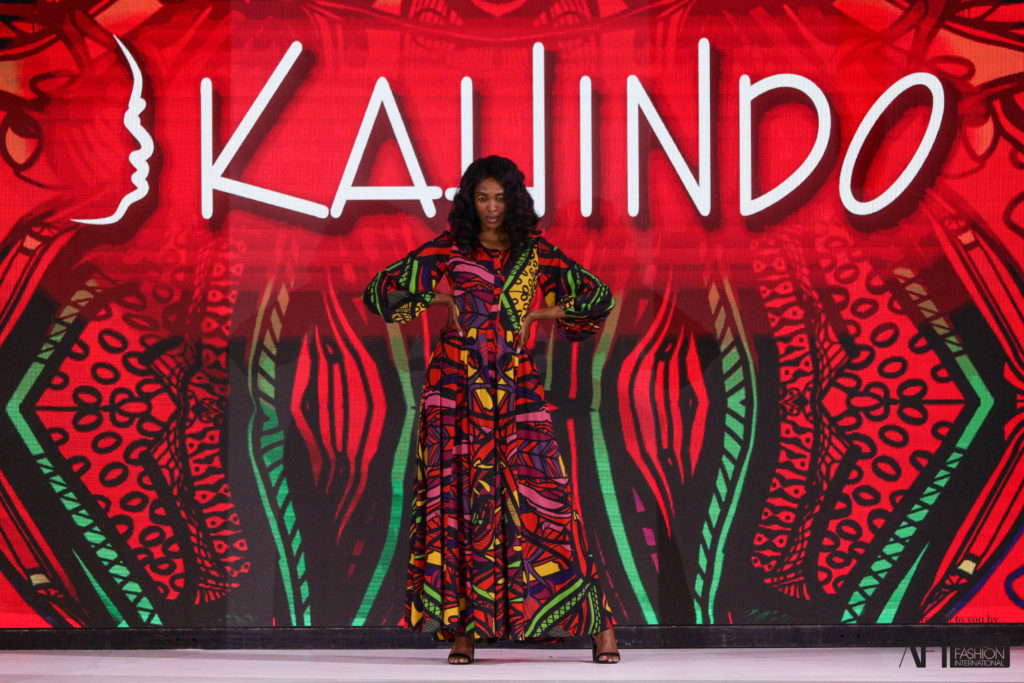
Where do you want to see the African fashion industry go?
I think African countries need to invest in the whole supply chain and work across borders. What I mean is, Egypt has good cotton and Ethiopia has beautiful muslin so to be able to connect all of those. On the other side we need to export our pieces to the rest of the world for them to see that there’s a lot of talent on the continent.
So it’s twofold. One is investing in the infrastructure to create manufacturing and supply chains. The second piece is the global marketing.

